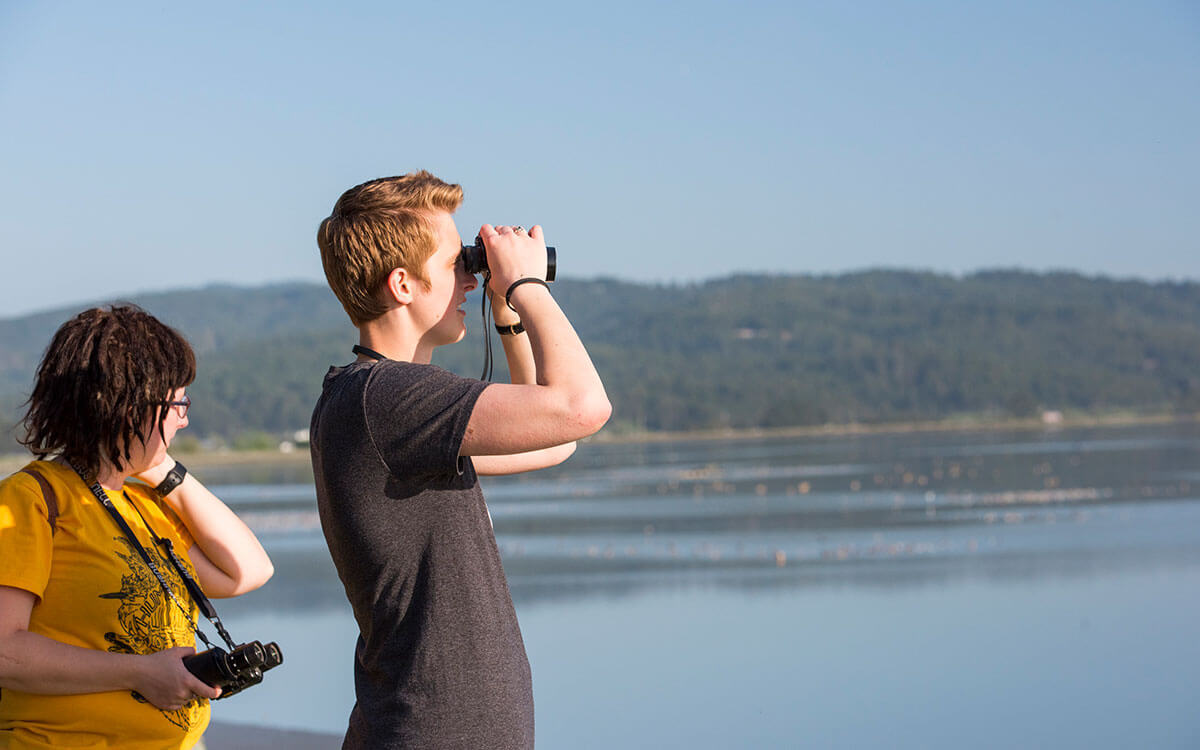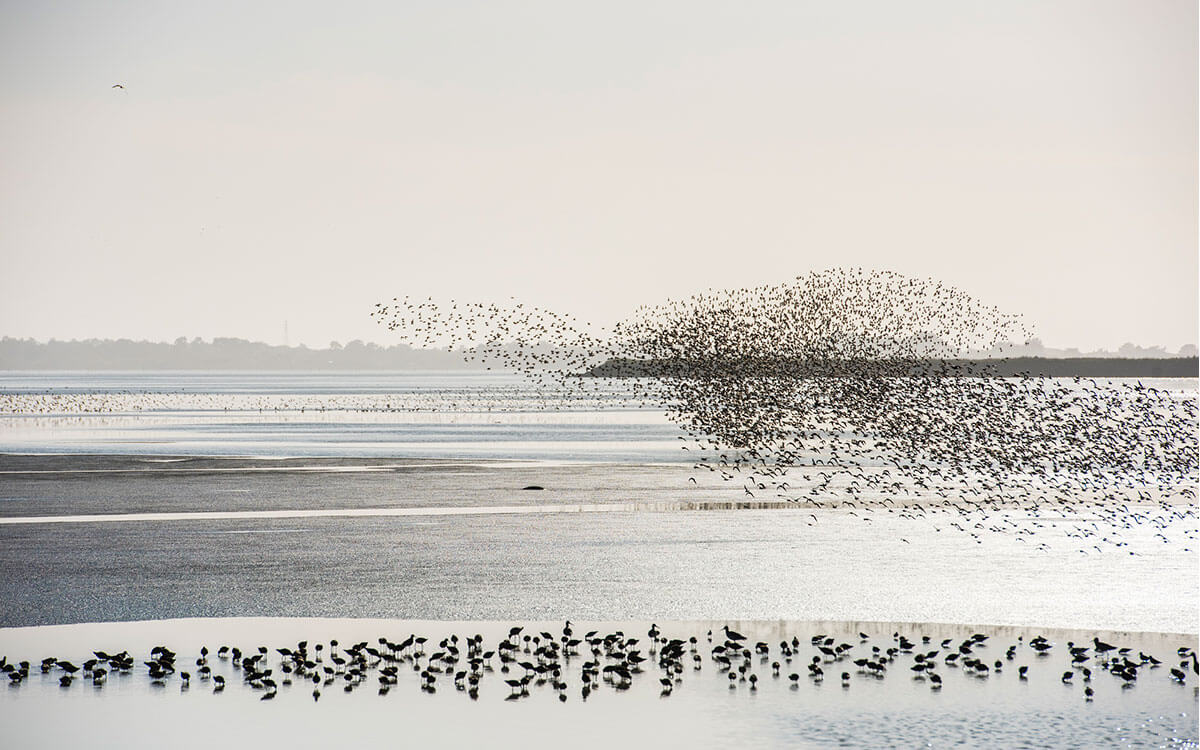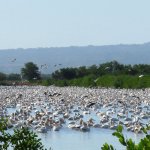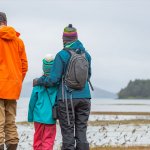By Robert Penner, Chair of the WHSRN – USA Committee, The Nature Conservancy – Kansas
As one of the groups of birds facing the most significant declines, shorebirds are in desperate need of active habitat management and conservation. This requires site partners who are willing to make shorebirds a priority.
To recognize and honor those sites in the United States that are living up to the true spirit of WHSRN, the WHSRN – USA Committee has established an honorary award for outstanding work in the ongoing conservation and management of a WHSRN site or landscape for shorebirds. Sites are nominated based on active management and preservation of shorebird habitat, education and outreach, monitoring programs, and partner collaboration.
The WHSRN – USA Committee is privileged to announce the first winner of the Outstanding WHSRN Site award, the Humboldt Bay Complex in California. The Humboldt Bay Complex serves as a model of what it means to be a WHSRN site. In 1998, the Humboldt Bay Complex was recognized as a Site of International Importance; in 2018, the site was upgraded to a Site of Hemispheric Importance. Since its designation, partners have ensured that shorebirds have remained a priority at the site, with a focus on habitat restoration activities, monitoring projects, and outreach.


Left: Surveying shorebirds at Humboldt Bay. Right: ALarge flocks of shorebirds on Humboldt Bay. Photos: Kellie Brown/Humboldt State University.
Restoration and land protection projects have included the creation of intertidal wetlands, and salt marsh and dune restoration. There has also been several conservation easements established, protecting land from development into the future. Calling the Humboldt Bay Complex monitoring work ‘robust’ would be an understatement. Partners participate in Snowy Plover (Charadrius nivosus) research, Pacific Flyway Shorebird Survey Project, Humboldt Bay Shorebird Surveys, and countless research projects, papers, and theses coming from the dedicated students of Humboldt State University.
Outreach events are another key component of the work at the Humboldt Bay Complex, with activities including Arcata’s spring migration festival “Godwit Days”, weekly field trips by the local Audubon Society, Shorebird Sister Schools Program, and frequent educational talks, field trips, lectures, and media.
Partner involvement is key to the current and future success of WHSRN sites. Partners at Humboldt Bay include: U.S. Bureau of Land Management, California Audubon Society, California State Parks & Recreation, California Department of Fish & Wildlife, City of Arcata, City of Eureka, Friends of the Dunes, Humboldt Bay Harbor, Recreation and Conservation District, Humboldt Bay National Wildlife Refuge, Humboldt State University, Natural Resources Conservation Service, Oiled Wildlife Care Network, Point Blue Conservation Science, Redwood Community Action Agency, Redwood Region Audubon Society, Sequoia Zoo, Trinidad Elementary School, The Wildlands Conservancy, U.S. Fish & Wildlife Service and the Wiyot Tribe.
For more information about the Humboldt Bay Complex visit: https://whsrn.org/whsrn_sites/humboldt-bay-complex/
Cover Photo: Kellie Brown.






